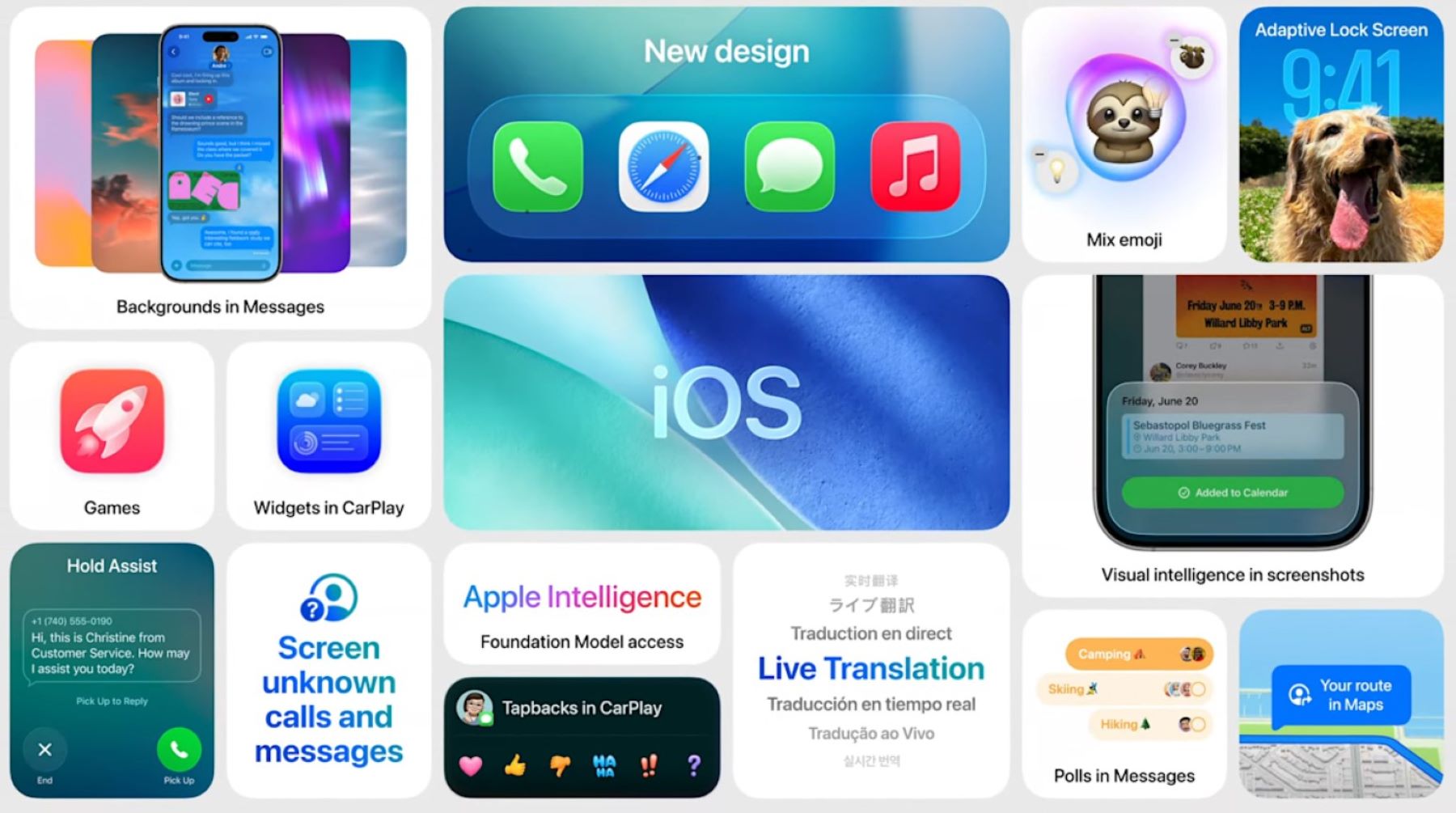On December 9th, 2024, a significant outage disrupted Microsoft 365 services, leaving users around the globe unable to access popular web applications like Outlook, Word, Excel, PowerPoint, and OneDrive. The outage, which began around 6:00 AM EST, also affected the Microsoft 365 Admin Center, hindering administrators’ ability to monitor the situation and communicate with users. Millions of individuals and businesses relying on these cloud-based services for their daily operations were impacted.
Microsoft acknowledged the issue via its social media platform X (formerly Twitter) and the Microsoft 365 Status page, stating they were investigating the root cause and working on a resolution. The company initially suggested users switch to desktop applications as a workaround, as those remained unaffected. This left many frustrated, particularly those who primarily rely on the web versions for their work or who were away from their usual workstations.
What Caused the Outage?
According to Microsoft, the outage stemmed from a recent service change that introduced a bug affecting token expiry times. This bug caused authentication requests to fail, preventing users from accessing web-based services. Essentially, the system couldn’t verify users’ identities, leading to a widespread lockout.
The Impact: Disruption and Frustration
The outage had a considerable impact on individuals and businesses worldwide.
- Productivity Loss: Countless users were unable to access their emails, documents, and collaborative workspaces, leading to significant productivity losses.
- Business Disruption: Businesses relying heavily on Microsoft 365 for communication and operations faced disruptions in workflows, client interactions, and project deadlines.
- Educational Impact: The outage also affected educational institutions, with students and educators unable to access online learning resources and assignments.
Many users took to social media platforms like Twitter and Reddit to express their frustration and share their experiences. The hashtag #Microsoft365Outage trended for several hours as users reported difficulties accessing essential services and criticized the lack of timely communication from Microsoft.
Microsoft’s Response and Resolution
Throughout the outage, Microsoft provided updates via its status page and social media channels. They initially disabled proactive caching to alleviate some of the pressure on the system. Then, they deployed a fix that took approximately two hours to fully propagate across the network.
By 10:00 AM EST, Microsoft confirmed that the issue was resolved and services were gradually being restored. However, some users continued to experience problems for a while longer as the fix rolled out.
Lessons Learned and Looking Ahead
This incident highlights the critical reliance on cloud services in today’s digital world and the potential for widespread disruption when these services fail. It underscores the importance of:
- Robust Service Architecture: Cloud providers must invest in resilient infrastructure and rigorous testing to minimize the risk of outages.
- Effective Communication: Timely and transparent communication during outages is crucial for managing user expectations and minimizing disruption.
- Contingency Plans: Businesses and individuals should have contingency plans in place to mitigate the impact of service disruptions.
While Microsoft resolved the issue relatively quickly, the outage served as a reminder of the potential vulnerabilities of cloud-based systems. It is hoped that Microsoft will learn from this incident and take steps to prevent similar outages in the future.
My Personal Experience
As someone who heavily relies on Microsoft 365 for both personal and professional use, I was directly affected by this outage. I was in the middle of writing an important document when suddenly I couldn’t access Word online. Initially, I thought it was a local internet issue, but soon realized the problem was much wider after checking social media.
This incident forced me to rethink my dependency on cloud services and the importance of having local backups and alternative solutions. I also realized the value of having a reliable secondary communication channel outside of the Microsoft ecosystem for situations like this.
Detailed Timeline of Events:
- ~6:00 AM EST: Users begin reporting issues accessing Microsoft 365 web apps and the Admin Center.
- ~7:00 AM EST: Microsoft acknowledges the outage on social media and the Microsoft 365 Status page.
- ~7:30 AM EST: Microsoft disables proactive caching to reduce system load.
- ~8:00 AM EST: Microsoft deploys a fix to address the token expiry bug.
- ~10:00 AM EST: Microsoft confirms the issue is resolved and services are being restored.
- ~12:00 PM EST: Most users regain access to services, though some continue to experience intermittent issues.
Key Takeaways:
- Cloud Dependency: The incident highlighted the increasing reliance on cloud services and the potential for widespread disruption when they fail.
- Communication is Key: Transparent and timely communication from service providers is crucial during outages.
- Preparedness: Businesses and individuals should have contingency plans in place to deal with service disruptions.
This Microsoft 365 outage serves as a valuable lesson for both cloud providers and users. While cloud services offer immense benefits, it’s essential to acknowledge their vulnerabilities and take steps to mitigate potential risks.








